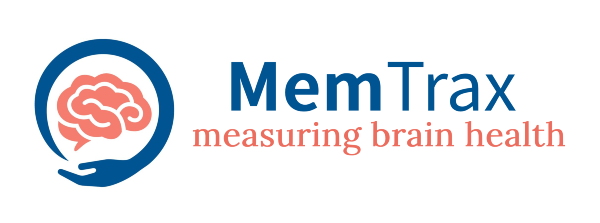The power of first aid: Empowering individuals to save life
First aid is an arrangement of several techniques and arrangements needed in an emergency.
It can simply be a box that is stuffed with bandages, pain relievers, ointments, etc., or it can lead you to follow a Cardiopulmonary resuscitation (CPR), which at times can even save someone’s life.
But what is more important is learning to use the first aid box in a proper way and having the right amount of knowledge about how and when to give CPR. Learning to use these can be considered life-saving skills, and contrary to what a majority of us think, it is not just limited to medical professionals. It is a life skill that should be a must for everyone to acquire.
Why is first aid important?
Emergency situations are not time-bound, nor is it predictable. It’s important to make life-saving skills a must in the prospectus of education.
Your first response when you see someone injured should be to provide necessary first aid. It helps in easing the pain and increases the chance of survival in case of an extreme medical condition, and decreases the chance of long-term suffering and infections in case of not-so-major injuries. Having basic first aid knowledge can help others and ensure your safety and health.
Moreover, what’s better than saving someone’s life and emerging as a hero just by knowing simple, inexpensive, and easy-to-learn tricks?
Key first aid techniques
Whenever a loved one is injured, the basic knowledge of this skill can help save their life. It’s not that you should know this so you can execute it in public. You never know who might be the next victim of some kind of emergency. Therefore, it’s better to learn these skills instead of watching your loved one suffer.
Controlling bleeding
Even a minor cut can lead to a lot of blood loss so it’s important to know how to control bleeding. You can take a clean cloth and apply direct pressure on the cut or wound to stop bleeding. If the material is soaked with blood, do not remove it; instead, add more cloth if required but do not release the pressure.
If the bleeding doesn’t stop, you can consider applying a tourniquet. Ensure that you do not apply the tourniquet on a joint, head, or the core body; it needs to be applied 2 inches above the wound.
Wound care
Although this requires the most basic steps, a lot of us do it improperly. We must first clean the wound with just water and then use a very mild soap to clean around the wound. It would be better if the soap did not come in contact with the wound, as it may cause irritation and burning.
Post-cleaning, apply antibiotics on the wounded area to avoid any infection.
You can try applying a bandage to the wound if you think it requires it, if it’s a mild cut or scrap, it’ll do without the bandage too.
Dealing with fractures and sprains
In case of a fracture or sprain, the first thing you have to do is numb the area using an ice pack. It also helps prevent swelling. However, applying ice packs forever will not heal your wounds; you must seek medical assistance for this kind of injury.
You can do the same for fractures, except that if there’s bleeding, use a clean cloth to apply pressure on the bleeding area and apply a sterile bandage over the area.
Limit your activities that can result in discomfort, pain, or swelling.
Cardiopulmonary resuscitation (CPR)
CPR is used in a situation when a person has difficulty breathing or has completely stopped breathing.
We need to perform CPR because there is still enough oxygen in the human body to keep the brain active and the organs alive for a few minutes; however, if the person isn’t given CPR, it just takes a few minutes for the patient’s brain or body to completely stop responding.
Knowing and giving CPR at the right time can save someone’s life in 8 out of 10 cases.
Automated External Defibrillators
An automated external defibrillator is a medical device designed to analyze a person’s heart rhythm and deliver an electric shock in case the person is experiencing sudden cardiac arrest, known as defibrillation.
It is designed in a way that it first analyzes the patient’s heart rhythm and delivers shock only if it is necessary.
Although these are not the only first aid techniques that one should know, they cover the basic ones that, if known, can save someone’s life.
Conclusion
The impact of life skill training can be significant. Yes, death is inevitable, but saving someone’s life gives you a different kind of satisfaction since a person’s life is associated with several other people, too, and the thought you’d never be able to see them again is deadly.
Knowing these basic yet influential things can make a huge difference, and you don’t even require a year or a major organization to get certified.
Countries worldwide have already started with this initiative and have saved millions of lives, what are we waiting for? After all, being aware is better than being sorry.
